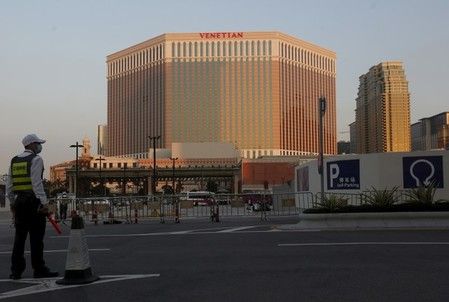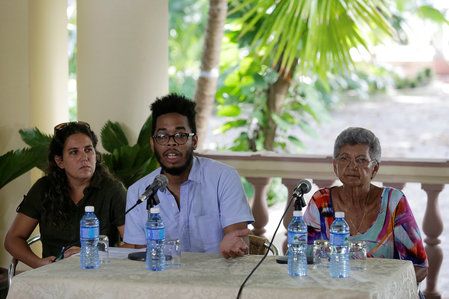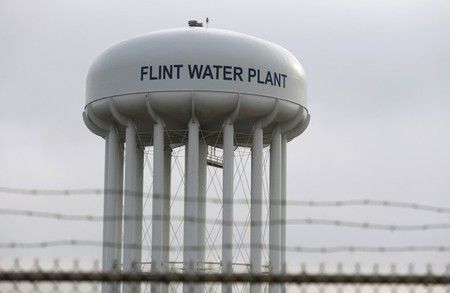Advertisement
Average Travel Cost Statistics For 2023 According To Forbes Advisor

Average Cost Of Travel Statistics For 2023 – Forbes Advisor
Introduction
In this year of 2023, traveling has taken center stage again. With the world opening up and more people getting vaccinated, the wanderlust spirit is alive and stronger than ever. Today, let’s dive deep into travel statistics to provide insights on the average cost of travel in 2023. Comparative analysis, key drivers affecting prices and breakdowns by geography would be how we discuss this topic.
It’s important to understand that travel costs include different elements: airfare, accommodation, food, sightseeing tours, transportation within destination and occasional splurges for souvenirs or experiences. It all varies depending upon numerous factors such as the destination, the time of booking, duration of stay, and personal preferences when it comes to comfort.
This comprehensive guide will help those planning their vacations to budget appropriately and gain a roundabout understanding of what they’re diving into. So, without further ado, let us begin our journey in dissecting and understanding the travel costs for the year 2023.
To start with an interesting fact, did you know that around 40% of leisure travelers worldwide wait till the last minute – a month or less – to book their trips? This could sometimes result in higher costs due to increased demand for resources at premium prices.
- The average cost of airfare shows an increase of 7% compared to 2022.
- Average price for hotel accommodations has remained fairly unchanged.
- Eating out while traveling can take up about 15% of your total trip cost.
- Local transportation and tours account for approximately 10-20% of the budget.
- Late bookings might inflate costs by as much as 30%.
- Travel insurance and other miscellanea make up about 5-7% of the cost.
A Look At Airfare Statistics
Airfare is generally one of the main components of the total travel cost. Depending on where and when you plan to fly, the fares fluctuate significantly. Though traditionally airfares are known to go down during off-peak seasons, external influences like fuel prices and technological efficiency directly affect ticket prices too.
In 2023, according to a Skyscanner report, there is an increase in average airfare by about 7% from the previous year. This hike could be attributed to the rise in oil prices globally and airlines’ efforts to recuperate losses post the pandemic era. But even though the unit prices went up, interestingly, the frequency of travels has not seen a dip. It suggests that the innate urge for individuals to explore and experience has triumphed over the slight escalation in prices.
Let’s illustrate this shift with Japan Airlines-business class fare from New York to Tokyo which went from $5560 in 2022 to approximately $5950 in 2023. That’s an upward swing by about 7%
- Peak season flights get booked early and are usually pricier.
- Fuel costs play a significant role in airfare pricing.
- Average increase in airfare prices, globally, is observed to be around 7% in 2023.
- Despite the increase in fares, people’s willingness to travel hasn’t diminished.
- Eco-conscious traveling practices may impact future pricing dynamics.
- Business class fares witnessed sharp increases due to service enhancements.
Accommodation Insight
Your chosen type of accommodation can also make a significant difference in overall expenses. For instance, luxury hotels come with a hefty price tag compared to budget stays or backpacker hostels. Additionally, location makes a difference. City-center accommodations or beachfront properties almost always cost more than suburbs or inner-city establishments.
The statistics for 2023 indicate that accommodation prices have remained relatively stable compared to the previous year. There was no dramatic increase or decrease in this segment of travel expenses. Based on TripAdvisor reports, average nightly rates across major cities in Europe, Asia, and America didn’t stray too far from 2022 prices.
Consider the city of Amsterdam, for instance. The average nightly rate for a three-star hotel in 2022 was approximately $150. In 2023, this stands pretty much the same at around $152 per night, marking inflation as the primary cause for minor hikes.
- Luxury accommodations remain significantly more expensive than budget options.
- No noticeable increase or decrease in accommodation prices in 2023.
- Inflation caused minor hikes in some regions.
- Location of the property contributes crucially to the pricing structure.
- Shared accommodations gained popularity amid solo travelers.
- Sustainable lodging options gained significant momentum in the travel industry.
Digging Into Dining Expenses
Food is another aspect that could significantly impact your travel budget. Of course, this cost widely varies based on the country or city you’re visiting and your eating habits.
Analyzing the food expenditure of travelers in 2023, a Nomad List report shows that the cost of meals swings between 14% and 16% of the total travel expenses. Now, these values do depend on the quality and type of dining establishments patrons prefer in an array—a gourmet meal in London will cost differently than a mid-range restaurant in Bangkok.
The average meal cost in Paris, for example, is about $25 per person, excluding drinks. That means if you’re in Paris for four days, and you eat all your meals out, you’d spend roughly $300 on meals alone for two persons, excluding breakfast that most hotels tend to include in the room tariff. Clearly, food forms a substantial chunk of your travel cost.
- Meal costs vary with geography and dining preferences.
- On average, meals form about 14%—16% of total travel expenses in 2023.
- For those trying regional cuisine, food costs can shoot up considerably.
- Street food and local markets offer great opportunities for both savings and cultural experiences.
- Certain cities are known for their high food costs – so plan accordingly.
- Average tourists spend roughly $25-$40 per day on meals alone, without including drinks.
Transportation & Tours: A Closer Observation
Besides airfare and accommodation, local transportation and tours also constitute a significant portion of travel expenses. Depending on where you are — using public transport, hiring a vehicle, or navigating through rideshare apps — may differ in cost.
Stats for 2023 show that costs towards local transportation and sightseeing set you back by 10%-20% of your total travel budget. Although these costs seem inevitable, strategic planning can help optimize them. Travel passes, shared taxes, or even rental bikes are sustainable and economical modes.
A traveler in Rome, for example, could potentially save considerable money by buying ‘Roma Pass,’ which includes unlimited use of buses and trams, access to 2 museums, and discounts for additional sites.
- Local transportation and sightseeing can account for about 10-20% of total travel expenses.
- Multi-use tickets or passes are often economical and convenient.
- Major cities often have efficient and affordable public transit systems, significantly reducing these expenses.
- In smaller towns and villages, renting a bike or car might be the best way to get around.
- Tour packages that club entrance fees, guides, and transportation are available at competitive prices.
- Rideshare services offer a comfortable and affordable alternative to traditional taxis.
Factoring in Miscellaneous
Every trip comes with miscellaneous costs that might sneak up on you if not carefully considered. These include travel supplies, souvenirs, tips, entry fees to attractions, and one-off unforeseen costs. Plus, never forget the good old travel insurance!
In 2023, the collective impact of these miscellaneous expenses accounts for around 5%-7% of total travel costs. Nailing down each expense beforehand can be tricky, and thus a contingency plan is always a boon.
Suppose you visit Machu Picchu in Peru. Along with regular expenses, you’ll need adequate hiking gear, permits for the trail, perhaps hire a porter or join an organized tour, adding around $250 on average to your overall travel expenditure.
- Miscellaneous costs amount to about 5%-7% of total trip expenditure.
- It’s essential to keep a buffer for ‘unforeseen’ things—lost luggage, medical emergencies, etc.
- Entry fees to some famous tourist attractions can pile up quickly.
- Souvenir shopping can add up quite a bit, especially in pricier destinations.
- Insurance costs should be included in the travel budget – it’s worth it!
- Wifi or data charges might be significant if international roaming is activated.
Summary
As we close this comprehensive discussion on travel costs in 2023, it’s evident that specifics vary based on numerous factors. However, armed with the details and understanding provided above, you’d hopefully feel equipped to plan and anticipate your potential travel costs better now.
| Expenditure Type | Average Expense |
|---|---|
| Airfare | 7% increase from 2022 prices |
| Accommodation | No significant change from 2022 |
| Dining Out | 15% of total trip cost |
| Transportation & Tours | 10-20% of total trip cost |
| Miscellaneous | 5-7% of total trip cost |
In conclusion, although certain nuances influence travel costs, understanding the fundamental contributors to these costs can drastically improve planning efficiency and budgeting.
Remember, every extra bit of research you put in before the trip can potentially equate to big savings. Safe travels in 2023!










